|
|
 |
|
|
Grenadier Guards During Operation Market Garden, September 1944.
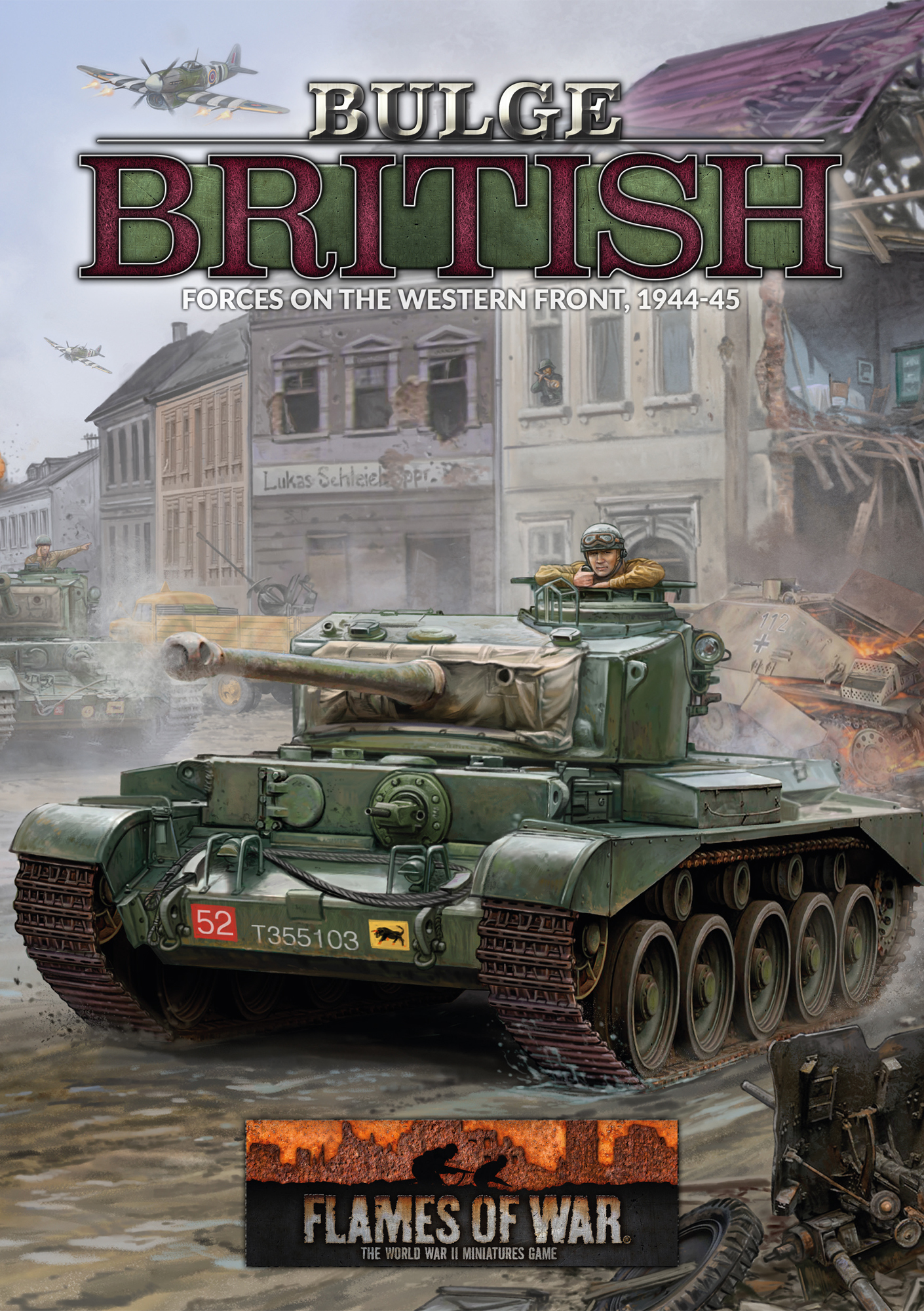 |
Grenadier Guards During Operation Market Garden, September 1944.
by Paul Goldstone, Mike Haught & Charles Tricker
The Grenadier Guards were formed in 1658 as the Royal Regiment of Guards and served as the personal guard of the exiled King Charles II. The regiment was raised in Flanders from loyal troops that joined Charles in exile. The unit returned with the king to England in 1660 and was renamed the First Regiment of Foot Guards.
The First Guards participated with distinction in the War of Spanish Succession as well as the many wars fought in France up to Waterloo in 1815 where the regiment received its current name, First or Grenadier Regiment of Foot Guards. The regiment went on to fight in the Crimean War as well as nearly every critical battle of the Great War, including the Marne, the Aisne, Ypres, Loos, the Somme, Cambrai, Arras, Hazebrouck and the Hindenburgh Line. |
World War II
When war broke out in 1939, the Grenadier Guards returned to the continent as a part of the British Expeditionary Force and fought with distinction in France. After the evacuation from Dunkirk the regiment was expanded to six battalions. |
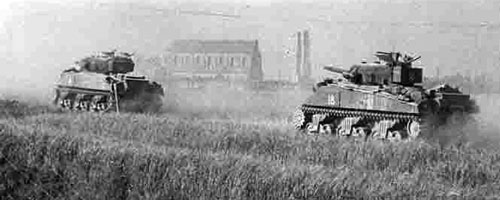 |
| The 3rd, 5th and 6th Battalions saw action in Tunisia in 1943, before going on to fight in the Italian campaign. The 4th Battalion was formed into a tank battalion equipped with Churchill tanks, and fought in Normandy and Germany. During these campaigns, the battalions fought bravely, earning them a solid reputation among friends and foes alike. |
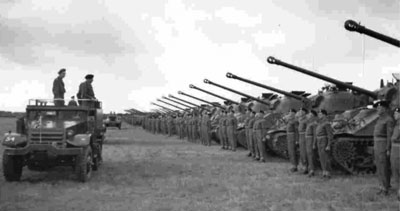 |
Meanwhile, in England, the 2nd and 4th Battalions were converted to armour, and the 1st Battalion was motorised. The three battalions then joined the new Guards Armoured Division under the command of Major General Allan Adair, himself a Grenadier Guardsman. The battalions fought across Normandy, France and Belgium and by September 1944, found themselves on the Belgian-Dutch border. |
Market Garden
During Field Marshall Montgomery’s ambitious plan to invade occupied Holland, the Grenadiers were assigned the stretch between Veghel and Nijmegen, relieving the Irish Guards column. The advance to Nijmegen was relatively quiet as the US 82nd Airborne had already secured a good portion of the corridor. When the two linked up, the Grenadiers were told they were needed urgently to help secure the two critical Nijmegen bridges. |
On Tuesday, 19 September, a hasty assault on the Nijmegen railroad bridge commenced at 1500 hours. A small force comprising of some Guards tanks and paratroopers of the 82nd Airborne dashed through the streets, towards the bridge. However the attack was halted within 500 yards of the rail bridge, when the Allied forces came under heavy fire and were forced to withdraw.
Meanwhile the Grenadier Guards and elements from the 505th Parachute Infantry Regiment launched a larger attack on the road bridge, The fight centred near the bridge in Hunner Park, where elements of the 9th and 10th SS-Panzer divisions had dug in several infantry platoons with machine-guns, mortars, and self-propelled guns. |
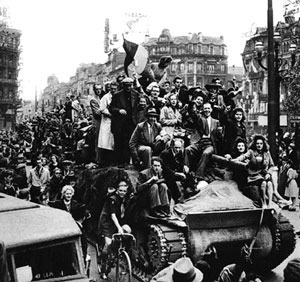 |
The Germans had also placed an 8.8cm FlaK36 heavy anti-aircraft gun directly in the centre of Keizer Karel Plein, a huge roundabout leading to the bridge. The gun commanded all approaches to the bridge and had a field day with the Grenadier tanks as they tried to overrun its position. The Grenadiers had little room to manoeuvre and four tanks were set ablaze by enemy fire.
The German gunners also kept the foot soldiers pinned down. In desperation, the US paratroopers ran along roof tops and through buildings, knocking out the connecting walls with explosives. They managed to secure good firing positions, but were unable to push any further against the bridge. Enemy fire was too heavy and was being expertly directed from an old stone observation tower, which had a commanding view of the entire park. By nightfall, the assault on the Nijmegen Bridge had petered out. |
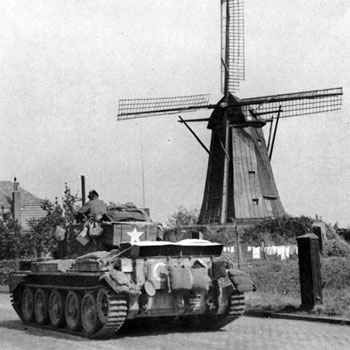 |
Bold Assault On Nijmegen Bridge
The next day, General Gavin put together a daring plan to take the bridge. This time the plan was to cross the Waal with a battalion of paratroops led by Major Julian Cook and his 504th Parachute Infantry Regiment. They would take the northern ends of both the railway and road bridges, At the same time the Grenadiers and the 505th Parachute Infantry Regiment would renew their attack on Hunner Park and attack the road bridge from the south.
During the night, Field Marshal Model reinforced the area with elements of 10th SS-Panzer Division. However, the American paratroopers used their excellent positions to tear through the reinforcements and rained death upon the German guns, including the new 8.8cm guns that Model ordered dug in around the bridge. |
When morning broke the Grenadiers prepared for battle. They would launch their opening moves against the troops in Hunner Park. The Guardsmen drove into the German defences, now significantly weakened by the US paras during the night.
Once they had broken through, the Grenadiers led an all out charge. With three tanks abreast, closely followed by paratroopers and Guards infantry, they overwhelmed the stone observation tower as well as the area of wooded high ground nearby. The German defenders retreated toward the bridge.
The battle seemed to be going well for the Allied assault, however the German 2nd Parachute Corps launched attacks with seven battalions of troops along the eastern flank of the 82nd Airborne. Gavin was forced to pull a good amount of troops to meet this new threat, temporarily weakening the Grenadier’s support.
The fight for the bridge began to get extremely bitter and fierce. The Germans were reinforced with additional anti-tank support and soon the Allied assault force was matched for numbers of troops. The attack nearly stalled, but the Grenadiers and the remaining paratroopers slowly pushed toward the bridge. |
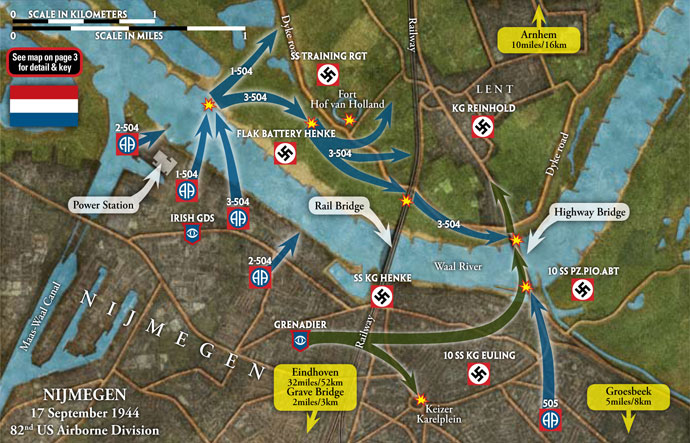 |
The Grenadiers fought to the eastern side of the bridge and began firing onto the German positions. A platoon of four tanks were sent over the bridge to make a push for the north end. No sooner had the first Grenadier tank got onto the bridge than it was fired upon by a German 88 gun. It nearly hit the lead tank, but still managed to knock out its wireless radio. The second tank saw the flash from the 88 and quickly returned fire. For a few moments the crews were paralyzed with anticipation as they waited for the German gun to shoot back. Nothing came.
Then all hell broke loose. Another 88 and three more anti-tank guns opened fire on the Grenadiers. Panzerfaust anti-tank rockets smashed into nearby girders from every angle.
The tanks pressed on across the bridge, and opened up with everything they had. Machine-gun and cannon fire sprayed the bridge and found targets everywhere. German wounded and dead fell from the girders like rain. |
The Shermans charged forward at full speed, crushing anything in front of them, including one of the anti-tank guns. Toward the end the Germans had set up a road block that forced the Shermans to have to turn 90 degrees and expose its flank to the anti-tank guns. As the lead tank began to negotiate the roadblock, a following Sherman spotted an anti-tank gun and quickly knocked it out before it could fire.
As they made their way through the roadblock, two of the Shermans were hit and knocked out. The remaining two
pressed on, running headlong into a German self-propelled gun. Caught flat-footed, the Shermans were easy targets. The Germans missed the lucky Grenadiers, who didn’t give the gun a second chance and blew it up with a few well aimed shots.
Then, German troops began pouring out of a church on the north end of the bridge. The Grenadiers opened up with their machine-guns. The German infantry rallied and launched an assault on the Shermans. There was a pause in the Grenadiers’ shooting as they waited for all of the smoke and dust to settle. |
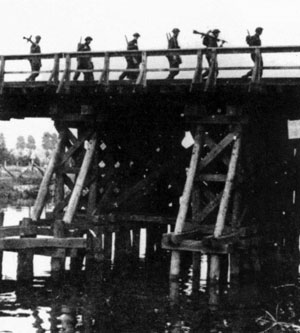 |
Suddenly, the crew spotted a single American paratrooper and then another thirty paratroopers emerged through the smoke. The paratroopers of Cook’s assault swarmed the tank and gave them a royal welcome. The two forces had linked up, having completed the most daring and brilliant bridge assaults in history.
The battle was long and fierce. Few Germans elected to surrender. On the railroad bridge alone, 267 German soldiers were dead, only a handful survived the ordeal. The fight on the road bridge was no less intense.
By the time the smoke cleared and the battle was won, the sun was setting over the horizon and the tanks could go no further. The following day the Grenadiers were sent south to Heesh, where they fought to protect the vulnerable corridor. However, time was not on the Allied side which was forced to cut their losses and call off Operation Market Garden. |
 |
October 1944 - 1945
After Operation Market Garden, the Guards Armoured Division was severely depleted in strength. On 6 October 1944 the entire division was pulled back into reserve.
The Guards Armoured Division eventually crossed the Rhine in the early hours of the 30th of March, 1945.
In late April 1945 the Grenadier Group liberated the concentration camp at Sandbostel. They fought fanatical German rearguards in front of wildly cheering inmates before they could free the camp. A few days later Germany surrendered and they celebrated the end of hostilities on 5 May 1945.
Can be fielded from Bulge: British.
|
Last Updated On Friday, October 14, 2022 by Wayne at Battlefront
|
|
|